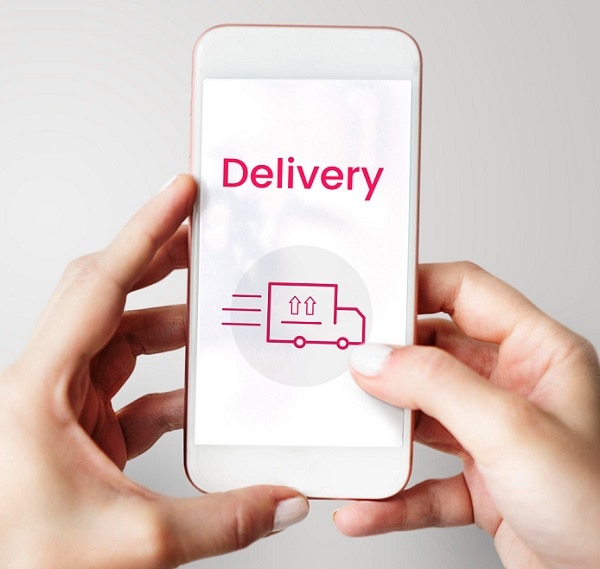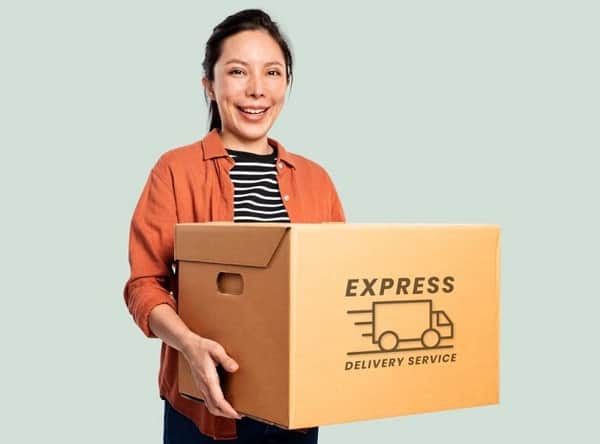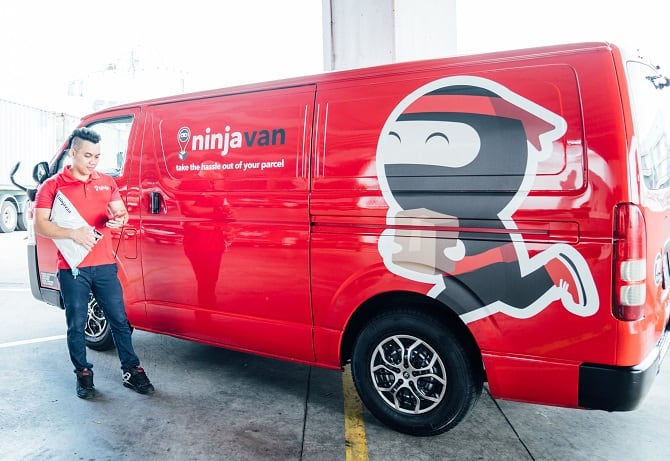Choosing the right shipping method for your ecommerce business is crucial in terms of ensuring efficient workflow and customer satisfaction.
Though they’re often seen as something that’s “out of our control” of business owners, it’s about time that we view shipping and logistics from a different perspective: We’re in control and we can make sure everything goes smoothly and according to schedule.
With many shipping methods available and third-party logistics partners out there, it can be overwhelming to decide which best suits your business needs.
Also read: The Benefits of Postpaid Shipping for E-commerce
Importance of using the right ecommerce shipping method
The “right” shipping method echoes the same thought that cheaper doesn’t always equate to better. Partnering with the right logistics partner can strengthen your business.
To stress a point, fast and reliable shipping builds trust and loyalty. This goes beyond positive product reviews, value-for-money features and a visually aesthetic website.

Beyond the seamless website ordering, a huge chunk of customer satisfaction relies on delivery and after-sales support, which some business owners neglect.
Unreliable deliveries are often reflected through slow or delayed fulfillment, poor handling that leads to broken items, frustrated riders from confusing directions, and tracking links that are not real-time.
With these in mind, it’s crucial to work on ensuring a reliable shipping option for customers. This small act of care goes a long way — even further than what we can control and see.
The 7 shipping methods in ecommerce
The choice of shipping methods often depends on factors like the nature of products, customer preferences, location, speed, and cost considerations.

Here are some of the top shipping methods commonly used in ecommerce:
1. Flat rate shipping
The simplest mode to go for during the early stage of your business. Flat rate shipping allows you to charge a predetermined rate per package, regardless of the weight or size.
It’s straightforward and predictable, which makes this easier for the customers to understand and can potentially increase conversion rates.
2. Overnight delivery
A common concern for online shipments is the long lead time before the package arrives to customers. Overnight delivery ensures that the customers receive the orders within 24 hours, regardless of where they’re located.
This means higher shipping costs for both you and the customer, but definitely ideal for urgent or perishable items.

3. Local delivery
Local delivery is hyper focused within a specific region or city. It may entail partnering with local couriers to ensure fast and convenient shipping.
This may mean centralization of all stocks in one place of business (or a warehouse) and plotting scheduled delivery within the same day.
4. International shipping
At some point, businesses will 100% saturate a specific area and this means that your sales will also plateau. But before you panic, know that it is perfectly normal.
This can be a sign for you to expand your market and cater to international orders. But international shipping can be complicated if you haven’t tried it before. You need to consider customs clearance, duties and taxes.
All this can be minimized by working with a reliable international courier partner.
#NinjaTip: Ninja Van has an extensive network in SEA and China for your international deliveries. Get customized cross-border solutions at the most competitive rates. Learn about Ninja Van’s Cross Border Logistics!
5. Same-day Delivery
Same-day delivery is pretty straightforward. You get the items you ordered within the same day as long as the order was placed before a cutoff time.
This is perfect for busy districts or densely populated areas. Definitely attractive because of its convenience and speed, this seals the gap from online to offline without much room for hiccups.
6. Express or expedited shipping
This is usually presented as an option by businesses that require more than a few days to process fulfillment because of how huge their collection can be and the volume of orders they usually receive.
Having this option is ideal for customers with time-sensitive orders that need priority delivery. This is also useful during peak seasons, such as holidays, with anticipated longer shipping times.

7. Freight shipping
This option usually deals with large, bulky and heavy products where trucks, ships or even airplanes are used to facilitate shipment.
Not ideal for all ecommerce businesses as this entails higher costs since dimensions and weight are considered in the calculation. Partnering with local freight companies can help you get the best deal possible without compromising the condition of the items during transit.
How to calculate shipping costs
Calculating accurate shipping costs is important to ensure you don’t overcharge or undercharge your customers. Several factors influence shipping costs, including package dimensions, weight, destination and the selected shipping method.
You can can start with these simple steps:
1. Determine the dimensions and weight per item
Measure the package’s length, width and height in inches and centimeters. Round up each measurement to the nearest whole number then proceed to compute for its volume. As for the weight, get it in kilograms and pounds for ease of reference moving forward.
2. Choose your shipping method options and research rates
Decide which shipping method suits your business model and do research. Get a general idea of the market average shipping rates and see how you can position your pricing from there.
Through this, you can understand different factors that affect the rates. This can be distance, speed of delivery, additional top-ups, etc.
3. Do the math and finalize your shipping cost
Use the information collected from steps one and two. Use available rate cards from couriers to determine the ideal cost to charge and who to partner with in terms of fulfillment.
Work with a reliable shipping partner to grow your business
Consider the experience you want your customers to have, even after the sale is made, when choosing your shipping methods. After all, reliable shipping can have a positive effect on your business and encourage repeat transactions.

Partner with Ninja Van for your shipping and logistics needs. As our VIP shipper, you’re assured of flexible, safe and hassle-free deliveries to your customers anywhere in the Philippines.
You’ll also get to enjoy these amazing perks:
- A dedicated account manager
- Special shipping rates based on your monthly volume
- Exclusive rewards and rebates
- Fast COD remittance and low COD fees
- More perks, benefits & special offers!
Plus Ninja Van will provide you with customized logistics solutions to position your business for growth and help you scale up faster.
Become a Ninja Van VIP Shipper now!

More success tips for your ecommerce business:
Choosing the Right Logistics Partner to Make Your Hustle Better
Shipping from China to the Philippines: An Easy Guide
5 Challenges in International Shipping






